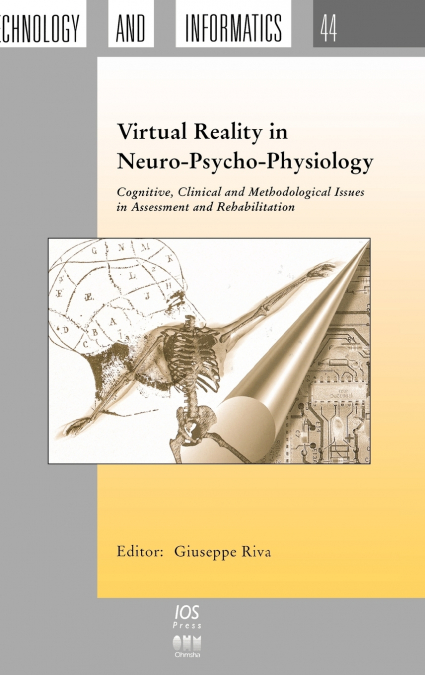
Giuseppe Riva
To create successful health care applications with today’s virtual environments, we must begin by asking: what are they good at? This book offers an answer to its potential readers - physicians, psychologists and health care provider - by presenting an overview of the current research in this field. In fact, the book, whose idea comes from the work made within the EC funded Virtual Reality Environments for Psycho-neuro-physiological assessment and Rehabilitation VREPAR - project, (HC 1053 - www.etho.be/ht_projects/vrepar), is a collection of chapters from researchers who have pioneered the ideas and the technology associated with virtual reality. More in particular, the book discusses the clinical principles, human factors, and technology issues associated with the use of virtual reality for assessment and treatment. It should be noted that technical characteristics of virtual worlds change very rapidly, but what will not change is the user of the virtual environment. Thus, to ensure that the contents of this book are not quickly updated, all the contributors have made a great effort to identify possible constraints in the use of this technology and to indicate how they can be faced and solved. The key issue was to integrate knowledge of clinical therapy and psychological principles related to human factors into the design of virtual environments. The book is divided in three main sections comprising 13 chapters overall: virtual reality for health care, virtual reality for psychological assessment and rehabilitation and virtual reality for neuro-physiological assessment and rehabilitation.